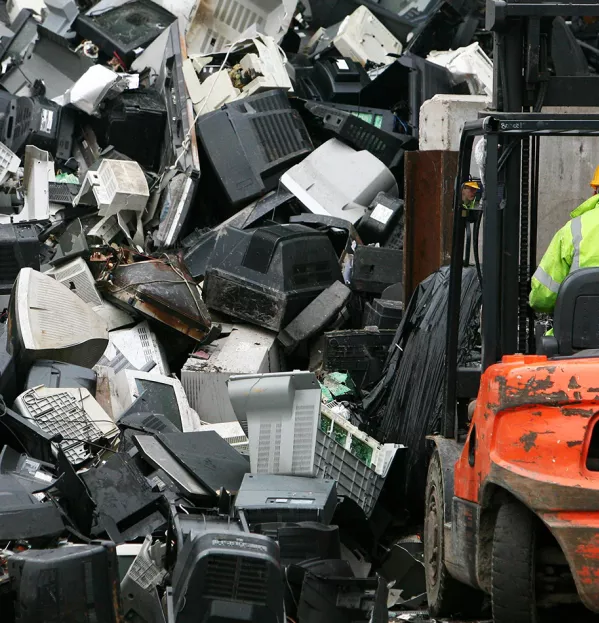As I walk into the Reception classroom, I scan the room for signs that the children are highly engaged and demonstrating the characteristics of effective learning.
I see a group of children sitting around a few computers. They’ve gathered extra rows of chairs to place behind those on the computers, effectively creating their own mini cinema. Each child is expected to spend 10 minutes on the computer before swapping with someone else.
I question what, if anything, the children are learning during this time.
It’s not the first time I’ve witnessed this scenario: so often, in early years foundation stage (EYFS) settings, there aren’t enough computers for children. This isn’t the fault of the teacher but using technology like this promotes the opposite of what we want to achieve.
These sorts of activities are low level and passive, and the social conflict over turns on the computers can be excessive. Some children can be addicted to screens and don’t want to play elsewhere, and those who do can be distracted by the noise coming from the computers.
For a long time, computers were a real difficulty at my school. We tried using practical strategies to address these problems, including a timer to encourage independent turn taking, and headphones for the noise, only to be deafened when children regularly maxed the volume and unplugged them.
We discussed it as a team and concluded that the computers were conflicting with the principles of EYFS. We want children to engage in quality play, in which they collaborate, reflect, problem solve and evaluate. They also need to engage for long periods of time, building high levels of concentration.
The computers might be offering “long periods” of concentration time but they didn’t tick the other boxes.
More EYFS teaching and learning:
So, what did we do? It may appear drastic but we completely removed the computers from the classroom. Two years later, we don’t miss them.
Our children are exposed to technology; we have an information and communications technology suite, where we can take small groups of children for more focused teaching. We also have a range of activities that ensure technology enhances, rather than hinders, learning.
One of the most effective, simple strategies I use a lot is to draw on technology for research when supporting learning and link this back to their play.
For example: a child asks a question such as “Do tigers swim?” when playing with the toy animals. The adult invites them to research using the iPad and they Google together, find answers and watch video clips. We then enrich the play by incorporating this new knowledge: “Now, how about we create a river for the tigers?”
Moving forward, we plan to work more holistically to integrate a wider range of technology across the EYFS, such as digital cameras, talk tins (a type of voice recorder), video and apps.
We don’t want to get rid of technology in learning completely. But when we do use technology within an EYFS setting, we need to make sure it is really purposeful and integrated into learning.
Helen Pinnington is early years foundation lead at St Thomas More’s Catholic Primary School in Bedhampton, Hampshire




